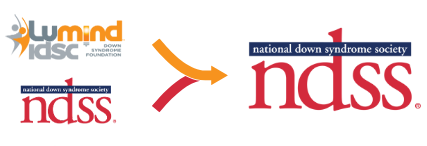Most medical conditions related to Down syndrome are well-understood, and treatments are available. For people with Down syndrome, the treatment of Alzheimer’s and of the root cause of intellectual disability are two of the biggest remaining frontiers to achieving improved independence. There is good news — we believe that researchers are on the cusp of major scientific advances and translational treatments for both of these conditions.

